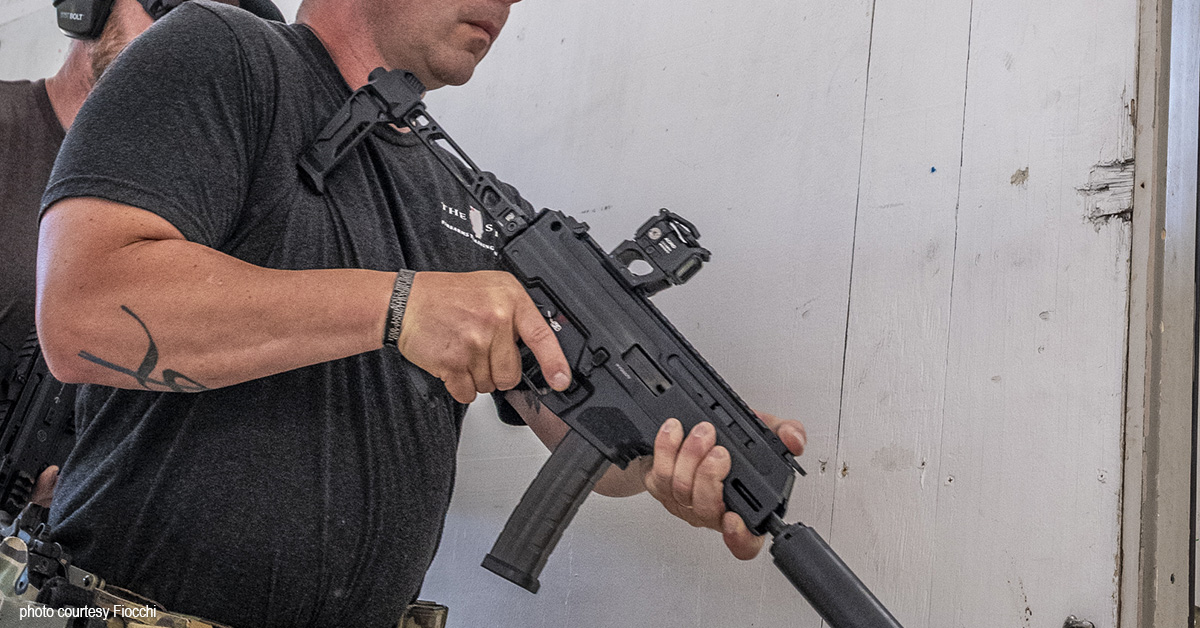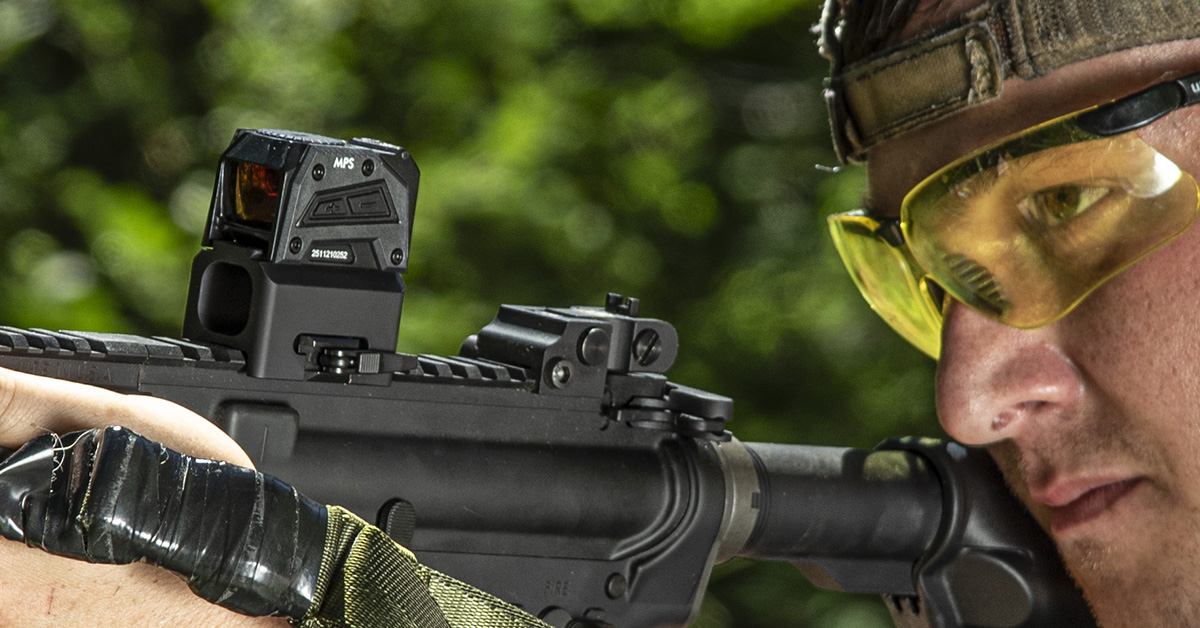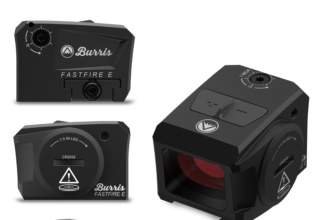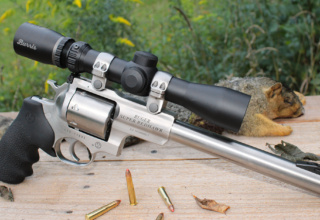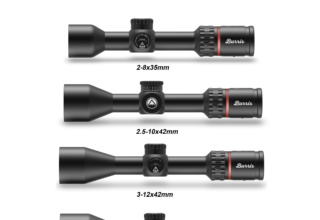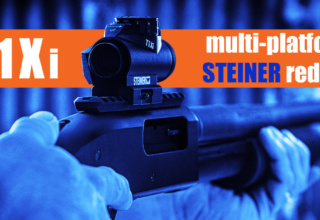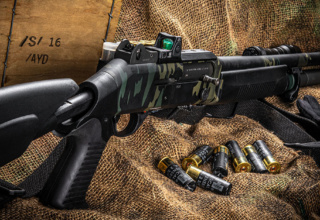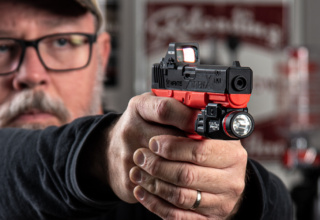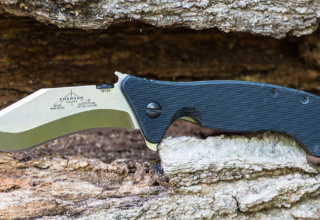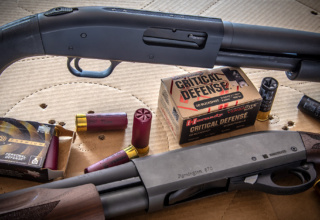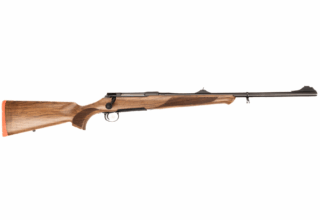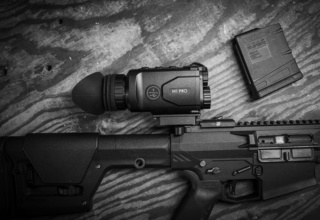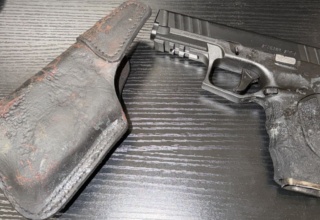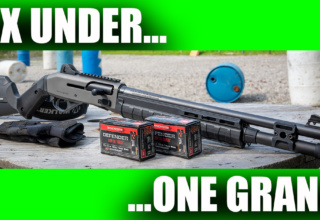Consumers face many decisions when gearing up for home defense. Chief among them is the red dot vs LPVO question. Here, we provide some insight and guidance on what sighting system may be best for you.
by Rob Reaser
I must admit a bit of reluctance to develop an article like this because my mind is already well-settled on the question posed: is it a red dot or a low power variable optic (LPVO) that is best for home defense?
To answer such a question with proper diligence, we must first define some parameters.
To start, the inclusion of LPVOs in this discussion implies that carbines or short-barrel rifles (SBRs), perhaps even AR pistols, are the host platforms. You certainly wouldn’t consider an LPVO for use with a handgun. And while LPVOs are a fine choice for rifled shotguns intended for big game hunting chores, the topic under consideration is home defense, not busting hogs or bears at a distance. Thus, we will leave shotguns on the shelf for another conversation.
So, you have a carbine — an AR-15, or maybe a scout rifle or an SBR — that you want to designate for home defense and you need to choose an optimal sighting system for it. A sighting system for a home defense application demands one essential, overriding attribute, and that is speed to the sight picture. When lethal force is required, you must get on target as fast as possible and deliver an accurate, effective shot.
As sighting systems go, you could opt for the unflinching reliability of open sights, but for most shooters, quickly acquiring a sight picture with traditional iron sights takes a lot of practice and the application of good marksmanship skills, especially when under pressure. A worthy goal, for sure, but an unrealistic one, unfortunately, for the general firearm-owning populace. Further, a darkened home environment is not ideal for open sight use, even if those sights sport tritium enhancements for low-light visibility.
Therefore, we focus our discussion on red dots (reflex or prism) and LPVOs. Red dots are inherently fast. Without much argument, they are the fastest sight system you can put on any firearm. LPVOs can also be fast when effectively used for the task.
Going back to my opening statement, I have my thoughts as to which optic type is best for home defense use, so I’m going to go ahead and give away the punch line: red dots are the best sight systems for home defense. My opinion.
As I write these lines, though, I am awaiting input from Gunsite Academy Rangemaster Mario Marchman for his take on the red dot vs LPVO concept, which I’ll include later in this article. At present, I have no idea which way Mario will lean in the discussion.
I said earlier that I was reluctant to write an article like this because my inclination is that LPVOs don’t have much standing as an optic choice for a home defense carbine when compared to a red dot. Nevertheless, LPVOs are certainly pitched in the marketplace as a multi-talented solution for defensive and sporting use on carbines. And they are — given specific conditions. Yet consumers have questions, and many see LPVOs as a way to expand the capabilities of their rifles — specifically, their ARs. That is absolutely true. But…is it the best solution for home defense?
I guess my opinion on this is colored greatly by the fact that I am a believer in “a tool for every job.” Optimize a tool for maximum effectiveness for an intended application and leave it alone. In my case, I have two optimized tools for home defense. First is a .300 BLK suppressed SBR, slung and sporting a red dot. The second is a 12-gauge shotgun, slung, hosting additional ammo, and wearing a red dot. These guns are used for nothing other than training and maintaining home defense readiness. Because of this, expanding their capabilities by incorporating an LPVO is useless at best and potentially problematic at worst.
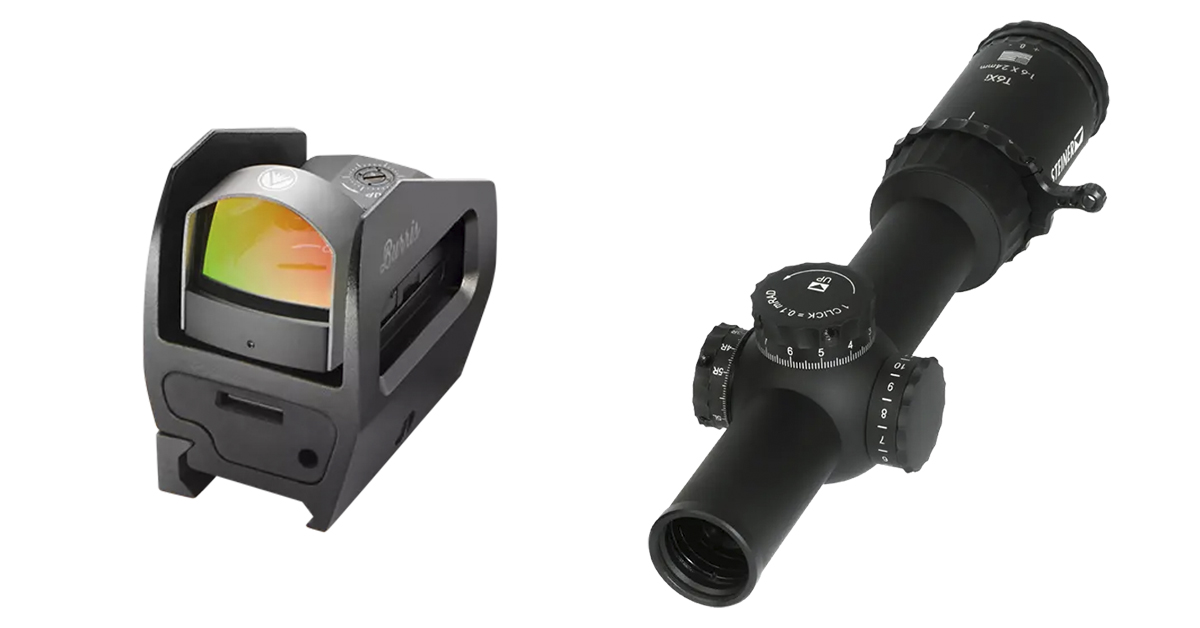
Certainly, optic selection comes down to the individual user’s style, needs, and capabilities. For me, the red dot satisfies all requirements. Others may have differing opinions.
One might posit the argument that an LPVO will allow them to shoot more accurately at longer distances. That is a true statement and a legitimate argument…assuming a longer-range shot is required, say, on a sprawling homestead or a farm. But then you must ask at what distance a threat needs to be before you can no longer engage it as a legally justifiable threat. Most of us can easily place lethal hits on a man-sized silhouette target at 100+ yards with a carbine or shotgun fitted with a red dot. Don’t need an LPVO to do that. If you do, it’s time to work on your marksmanship skills. In most courts of law, though, such distances are well outside the legal justification for self-defense.
Now, let’s put some meat on the bones of this, so far, theoretical discussion.
Defining the Tools…Red Dots
I doubt there is anyone reading this who doesn’t understand what a red dot is and how they work. But for the sake of any new firearm owners in our midst, a quick review of the basics is warranted.
Red dots are electronic sighting systems that typically use a light emitter to project a dot (usually red or green) onto a lens. This dot, which is adjustable for elevation and windage, serves as the reticle, or focus point, for the bullet’s intended point-of-impact. After the sight is zeroed, simply place the dot on the target and pull the trigger. If you’ve done everything correctly, your point-of-aim will correspond to the bullet’s point-of-impact.
Red dots can project reticles of assorted shapes, sizes, and configurations, depending on the model. Nearly all allow for illumination adjustment so you can match the visibility of the dot to the ambient light environment. Some do this automatically. Brighter ambient light requires brighter reticle illumination to be easily visible. For low light conditions, the reticle illumination is reduced.

The two most common types of red dots include reflex and prism designs. With the reflex style red dot, the emitter projects the dot, or reticle, onto a single glass lens at the front of the chassis. This light reflects back to the shooter’s eye so that the shooter sees the clearly defined dot. There is no magnification involved. It is as if you are looking through a clear piece of glass with a floating dot projected onto the target.
Most reflex sights fall into the micro red dot category, which are generally used in handgun applications. Nevertheless, many are also suited for long gun use. These sights can be further segmented by their housing type — distinguished by either an open emitter (the light emitter is open to the elements) or a closed emitter (the emitter is fully enclosed, and the unit has a front and a rear viewing lens).
Prism-style red dots are more in line with magnifying rifle scopes than reflex red dots in that they incorporate prisms and multiple lenses to present the reticle rather than a single reflective lens. Why the added complexity? Because the prism system provides some advantages shooters can appreciate.
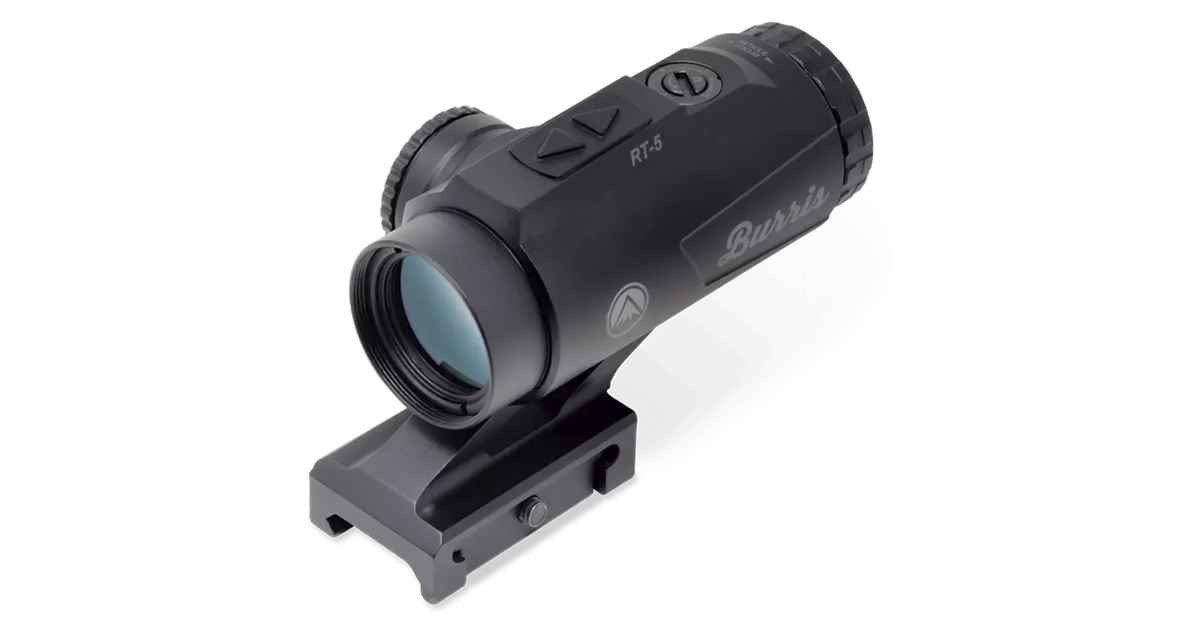
First is magnification. While a home defense optic is best with a 1X magnification (meaning no magnification) due to the close engagement range, a prism scope can come with a higher fixed magnification, such as 2X, 3X, 4X…up to a point. Second, most prism scopes feature the reticle etched in glass as well as having illumination capabilities. This gives optical relief for those suffering from astigmatism and ensures the reticle is always visible even without illumination.
Obviously, prism red dots (more accurately called prism scopes) tend to be larger and weigh more than reflex-style red dots. Eye relief (the functional distance between the eye and the optic) is limited with the prism scope whereas reflex red dots have unlimited eye relief. That’s another reason why reflex red dots are used on pistols.
Red Dot Advantages
Now, let’s examine the individual advantages and detractions of a red dot for home defense carbine use.
- Light Weight – Red dots, especially the micro reflex variety with open emitters, are super lightweight, so they add essentially nothing to the overall heft of the firearm.
- Low Profile – Depending on your mounting solution, a red dot will sit lower to the rifle bore than the typical LPVO. A lower profile means less snag opportunities and a reduced chance of bumping the optic on a door frame or other obstacle.
- High Visibility – With their 1X magnification and typically large lenses, red dots tend not to obstruct target visibility as much as an LPVO. This is good not only for maintaining full situational awareness but also for fast sight picture acquisition.
- Alignment Forgiveness – Another contributor to the red dot’s speed is that you don’t have to perfectly align your eye behind the optic to get on target. It doesn’t matter where the dot appears on the lens. As long as you can place the dot on the target, you can be confident of the bullet’s point-of-impact.
- Hands-Free Operation – The red dot’s fixed magnification means there is no manipulation required that might break your grip or retention of the weapon — unless, of course, you need to adjust the illumination.
- Full-Spectrum Visibility – With their high-to-low illumination adjustment, the red dot works in everything from full sunlight to the dimmest light conditions.
Red Dot Challenge
Whether or not this is a challenge depends on the type of red dot you select. Most of the tubular-style enclosed emitter red dots (those marketed specifically for long arm use) and prism red dots are typically out-of-the-box compatible for mounting to a Picatinny rail.
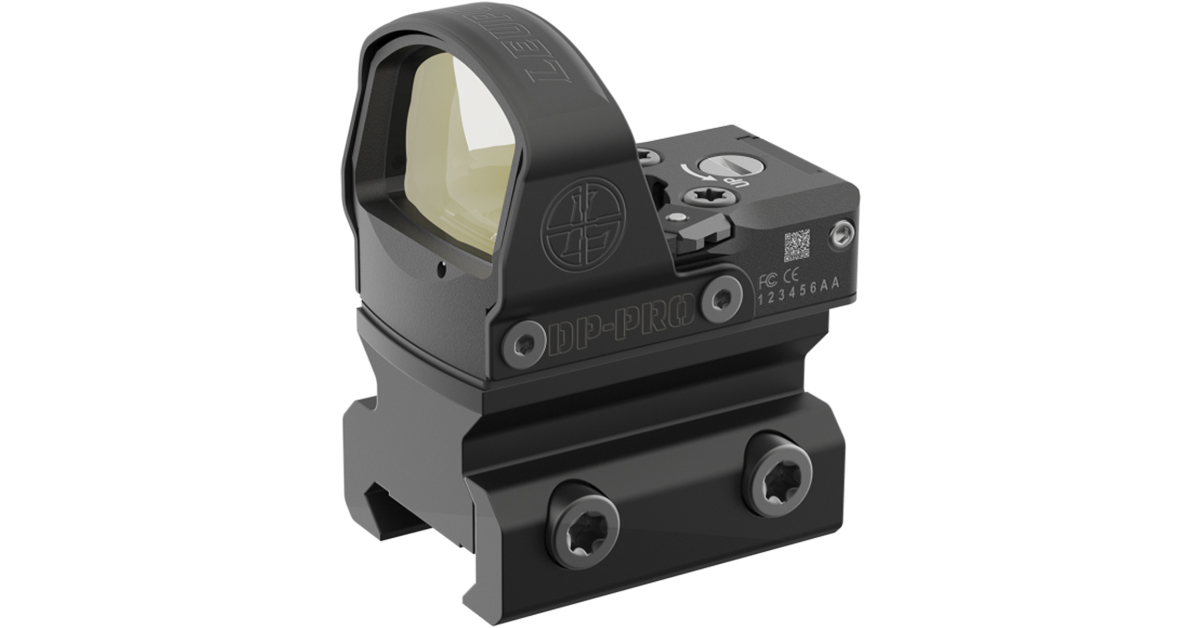
The difficulty comes when you want to install a compact or a micro red dot generally designed for pistol use onto a Picatinny rail. Pistol red dots all come with their own mounting footprint designed to work with pistol slides that are machined to accept that footprint. These footprints vary among the optic brands. In order to mount these red dots to a rail, you will need an adapter system. This would be an adapter that 1) mounts to the bottom of the optic and 2) mounts atop a rail. To find the correct adapter solution, consult the optic manufacturer, or C&H Precision is a good first stop.
Defining the Tools…LPVOs
Low power variable optics have really gained traction over the last decade, and for good reasons. From a law enforcement or military perspective, LPVOs provide broad firing solution capabilities — everything from close-quarter engagements where no magnification is desired to longer-range contact where the threat needs to be neutralized with great accuracy from a distance. Personal defense practitioners, competitive shooters, and hunters also understand how LPVOs can expand the capabilities of their firearm and so increasingly look to these optics to get the job done.
LPVOs may best be thought of as super-compact, adjustable, low-magnification riflescopes. They typically have a magnification range beginning at 1X (equal to no magnification) and run to 4X, 6X, or 8X. Some go as high as 10X and 12X. The idea is that, for close-range engagement, the scope is dialed down to 1X. This gives the shooter full, both-eyes-open situational awareness while being able to quickly place the reticle on target and not get “lost in the scope.” Should the need call for magnification and precise aiming at a more distant target, the shooter can simply increase the scope’s magnification setting.
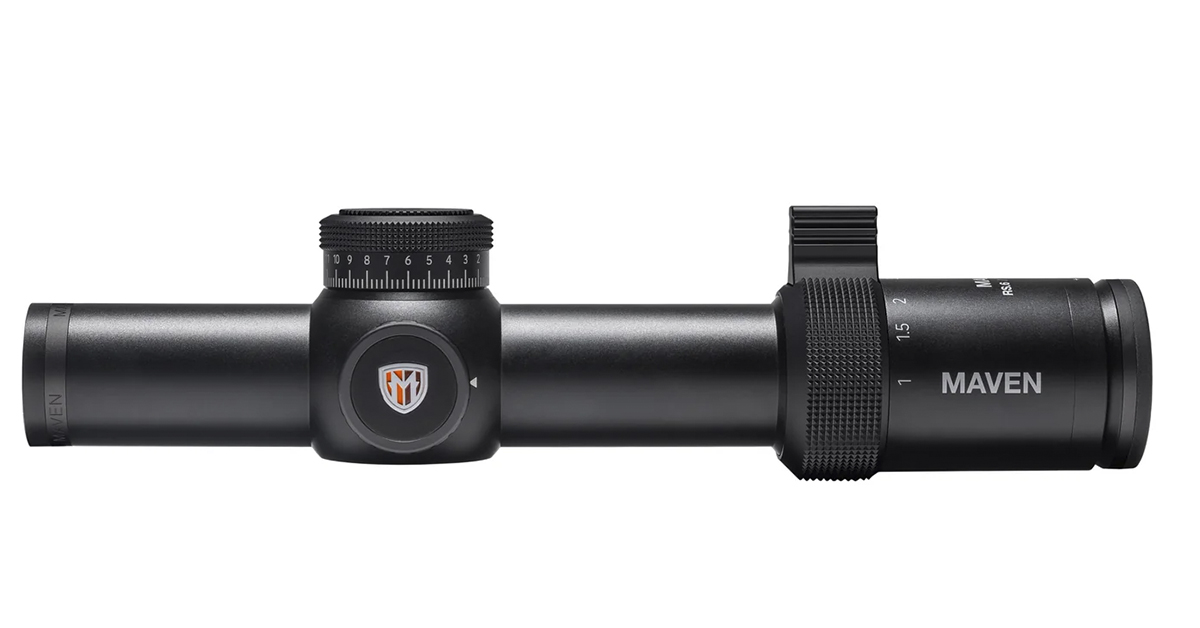
In short, LPVOs are excellent sight systems that significantly expand a firearm’s targeting capabilities and practical applications.
LPVO Advantages
- Variable Magnification – With its adjustable magnification, an LPVO makes a firearm suitable for everything from CQB to medium- and long-range engagements.
- Diverse Reticle Options – Given its conventional lens and prism construction, the LPVO is available in a wide range of reticle styles and configurations. Many include a multi-reticle design that incorporates elements intended for low-magnification, close-range shooting as well as fine aiming and bullet drop compensation for high-magnification, longer-range applications.
LPVO Challenges
- Weight – By design, LPVOs are necessarily heavier than red dot optics. Add to this the required ring/mount system and the LPVO adds a good measure of top-end weight to a carbine platform.
- Size – The LPVO’s larger size increases the odds of snagging and hitting obstructions.
- Visibility – Again, the LPVO’s larger profile presents reduced visibility in a close-quarter environment while the longer, tubular construction makes it a bit slower to acquire a sight picture (for most shooters) than does a red dot.
- Alignment – Unlike the red dot, head/eye alignment behind the scope is crucial for picking up the sight picture and achieving the necessary eye relief. These are essential when working with any magnified optic, of course, but it can slow down sight picture acquisition when compared to a red dot.
- Low Light Conditions – Many LPVOs feature illuminated reticles. Others do not. A non-illuminated LPVO should be a non-starter if home defense is the mission.
Why Choose When You Can Have Both?
An excellent question!
You’ve no doubt seen AR setups hosting an LPVO on the top rail and a small red dot attached to an offset mount. This is a configuration often used by competitive shooters of the 3-Gun inclination because it allows quick transition from short-range targeting needs (red dot) to long-range target engagement (LPVO). As a concept, it is sound. In execution, it works so long as the shooter has invested the practice time to be efficient and competent with this transition.
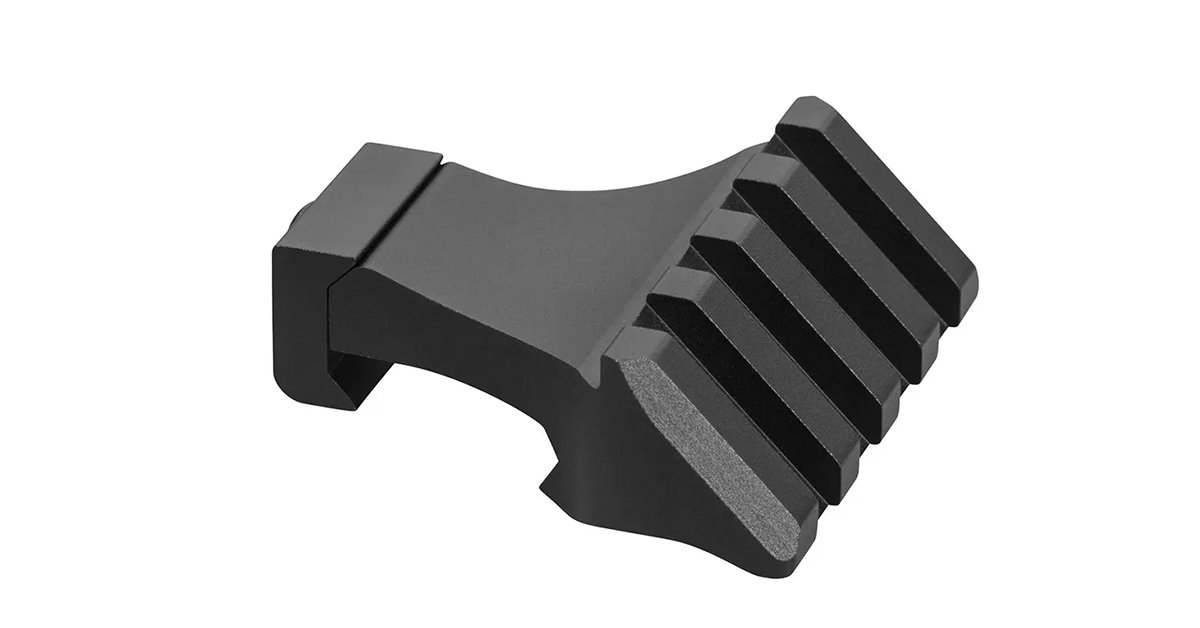
Another advantage, such as it is, is that with two optics on-board, you have a sight backup. If one optic goes down, the other stands ready.
But is Both a Good Idea?
If you are able to work competently and efficiently with a dual-optic setup that incorporates an LPVO and a red dot, go for it. Just know that it takes solid training (as is the case with any firearm system) to reach and to maintain that efficiency.
So, what are the downsides?
The first is that you add a layer of complexity to your fighting system. It may not seem like much, and it may be negligible to a practiced shooter. Nevertheless, adding a “choice to make” is introducing a complexity that could prove detrimental when you are already under a high-stress, life-or-death situation. The whole point of realistic defensive firearm training is to develop muscle memory and a fluid, nearly automatic response to threat engagement. Having to quickly decide which sight to use for a given condition, making the transition between sights, and being competent with two muscle memory sets increases the odds of a hiccup — something you do not want in a crisis.
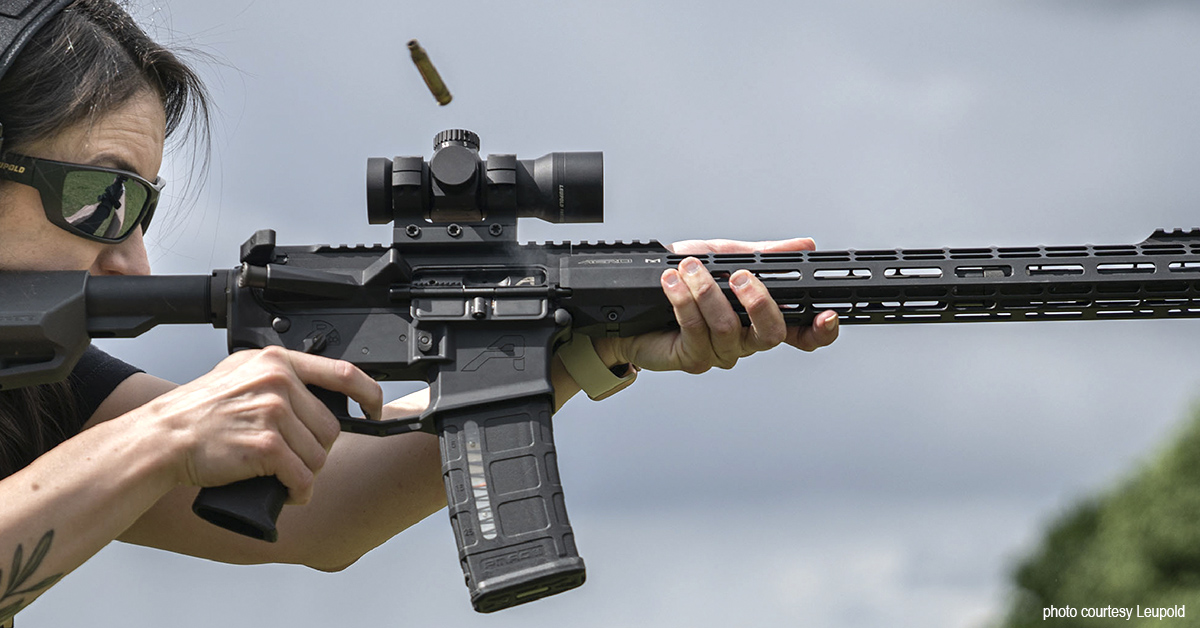
The second nick in the dual-sight concept is that you have increased the maintenance quotient. What are the conditions of the batteries in both? Is each functioning properly? Are the reticles of each set for the anticipated environment? Are the mounts solidly secure? Things to think about.
And it is understood that running with two sight systems adds weight and bulk to your weapon. Snag potential also increases with dual sights.
Yes, a multi-optic AR may have a cool factor to some, but is “tacticool” going to come at the expense of optimal fighting capability? That’s something to think about.
It’s Up to You
In the red dot vs LPVO home defense debate, what’s best for you really comes down to the sight system that you are most efficient in using and the one that makes the most sense for your intended environment. You may need to test and practice with both systems before you can answer that question. For me, the red dot is the clear choice. I’m faster with a red dot than an LPVO, it is the ideal optic for inside my home, and I can accurately engage any threat within a legally justifiable distance with a red dot. Simplicity and efficiency win the day from this corner of the peanut gallery.
Thoughts from a Trainer
It’s one thing for an average, defense-minded gun owner like me to offer an opinion on a topic such as this. My formal training is limited in comparison to some, and I have never (fortunately) had to employ a firearm in my defense (although some not-so-subtle posturing did win the night when a three-pack of ne’er-do-wells drove up our rural driveway with the probing, “Can we use your phone? Our car broke down” entreaty).
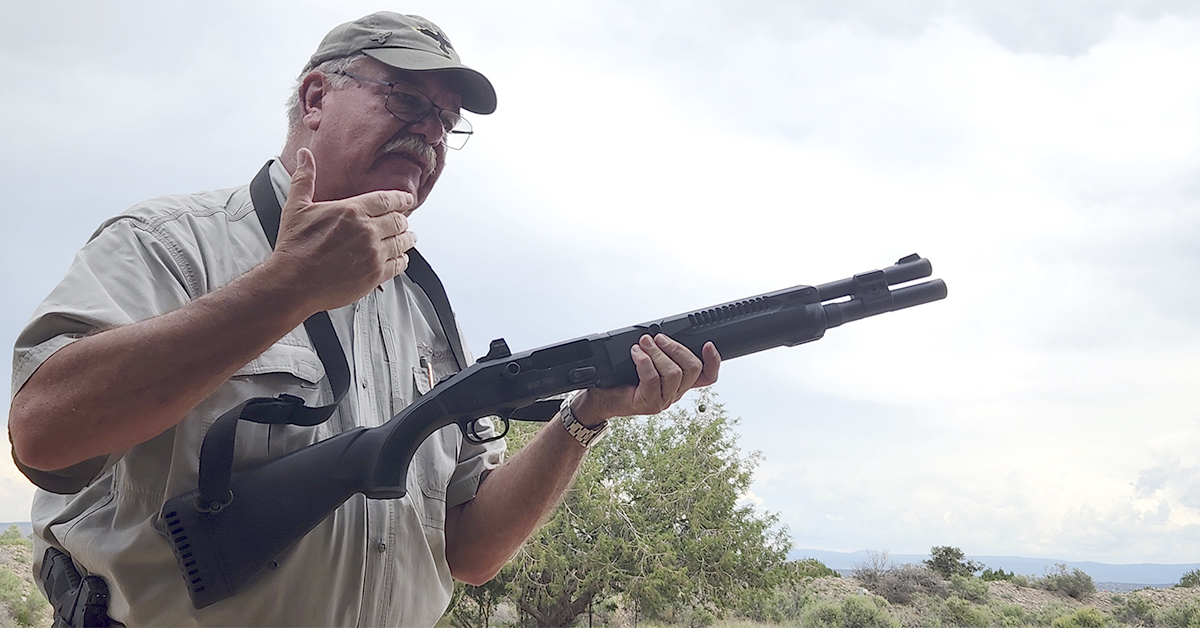
No, it is much better to have someone who has “been there, done that, and is still doing it” to provide a more expert and seasoned opinion. For this, we reached out to Mario Marchman, Rangemaster and defensive firearms trainer at the famed Gunsite Academy in Paulden, Arizona. Mario comes to his opinions well-credentialed from his decades of instructing both civilians and law enforcement members, and his over 30 years of service as a peace officer in southern California. Says Mario…
“I would agree with the use of a red dot optic on a home defense carbine versus LPVO. I am a firm believer in reliability and simplicity in regards to home defense weapons and optics. It has been my experience that the red dot optic requires less manipulation during a stressful situation for the homeowner, allowing the defender to access his firearm and optic with the least amount of fumbling or mishandling. The LPVOs are also reliable but generally require additional consideration when used in a home defense setting — specifically, proper power settings, reticle design, and manipulation of the illumination feature. These seemingly simple tasks become much more complicated when a high-level stress is introduced into a situation.
“My experience instructing students in the use of the carbine has been that the red dot is extremely capable of good accuracy on humanoid targets out to at least 150 yards. Though there is some advantage at distance for the LPVOs, this is mitigated by the fact that the carbine would be used as a home defense weapon and not in a military or law enforcement setting.
“Also in favor of the red dot optic is the ability to mount it almost anywhere atop the pistol-caliber carbine or AR platform without eye relief considerations. This is not the case with the LPVO. This becomes an important consideration on a home defense carbine that might be utilized by any number of home defenders regardless of their strength, size, or ability.”

